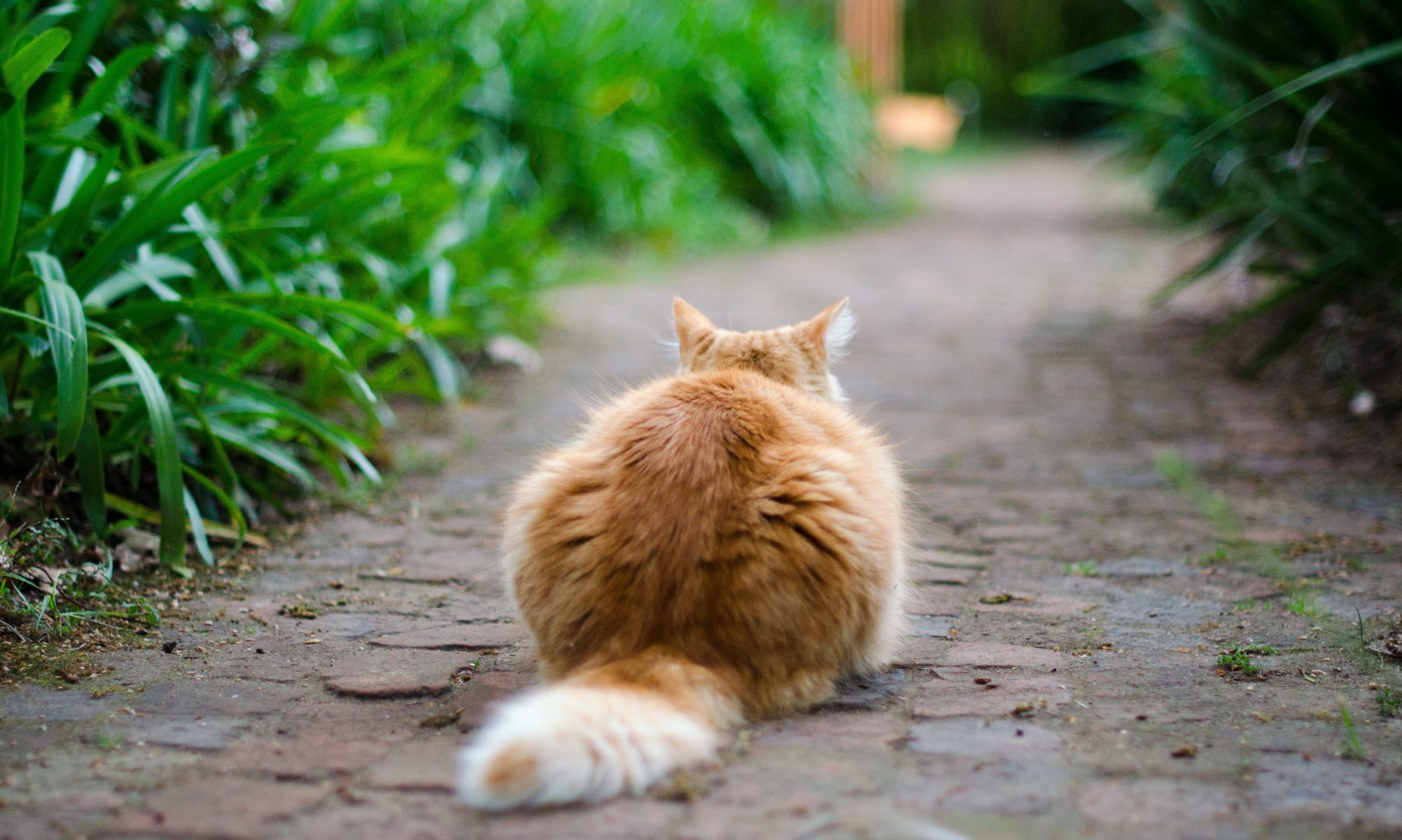A common question asked by many pet owners concerns the resulting weight gain that is often seen after a pet is neutered or spayed. Can it be avoided? How can you deal with this situation? Does a fear of having a fat cat or dog justify not neutering your pet?
There is one basic cause of weight gain in anybody – me, you, our pets, everybody – excess caloric intake.
Veterinarians have a basic fear of offending clients and thereby have a tendency to avoid the topic or beat around the bush when discussing weight gain. If you think your pet is too fat, chances are that s/he is. Most pets are. It’s not because s/he has been neutered. It’s because s/he eats too much – plain and simple.
When a pet is spayed or castrated, its metabolism changes. Like a neutered farm animal s/he becomes more efficient with his or her metabolic processes, so that a diet that was adequate in calories prior to surgery suddenly becomes excessive. The result is an increase in body weight – i.e. fat dog or cat.
The solution to the problem is to anticipate this probable weight gain and adjust the diet accordingly. I warn my clients prior to surgery to cut down on the amount of food after surgery and to consider moving to a lower calorie diet. Both changes together will go a long way toward minimizing any weight gain after the neutering procedure.
This is one more justification for neutering your pet at a relatively young age – well prior to maturity. While the pet is growing and maturing its nutritional needs are constantly changing and its food intake is adjusting to compensate for these changes. If you have your pet neutered during this growth phase, changes in its caloric needs due to the surgery will be absorbed and incorporated into its ongoing metabolic changes and will make the adjustments in diet easier to deal with. Be proactive.
The changes in requirements are a little more difficult to deal with in the adult pet, but the method is the same. Here you don’t have the pet’s growth changes helping you with your efforts so it will take a little more time and effort. Reduce the amount of food fed, reduce the caloric content of the food, feed a diet that is less palatable, and gradually increase the exercise activity. You’ll get there. Remember, there is only one cause for excessive weight gain. It’s not your pet’s fault. You are in control of the situation. Deal with it. Health and longevity are your main concern. There is no magic bullet. It can be a long slow process but if you are willing to do what it takes, you and your pet can get there.

